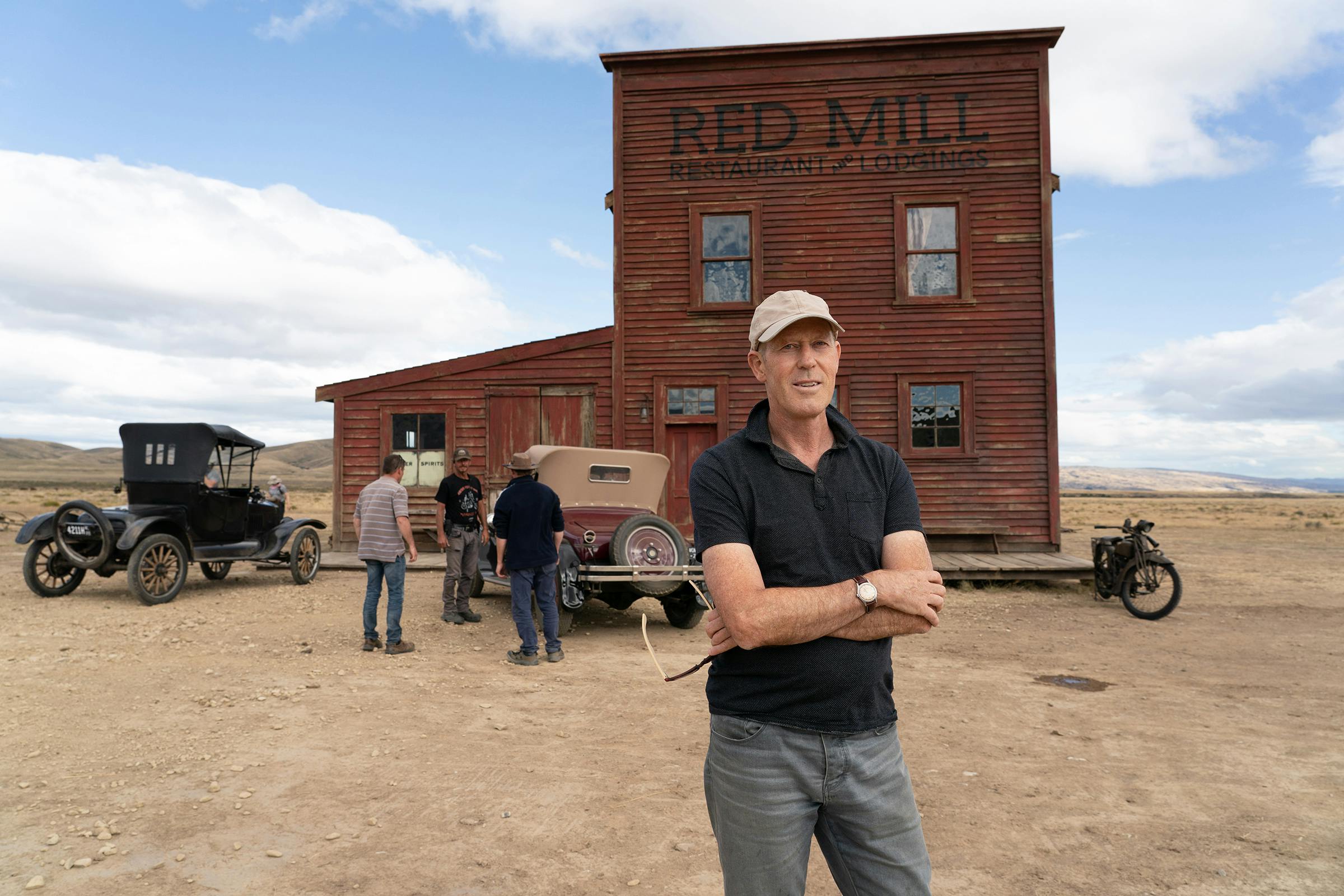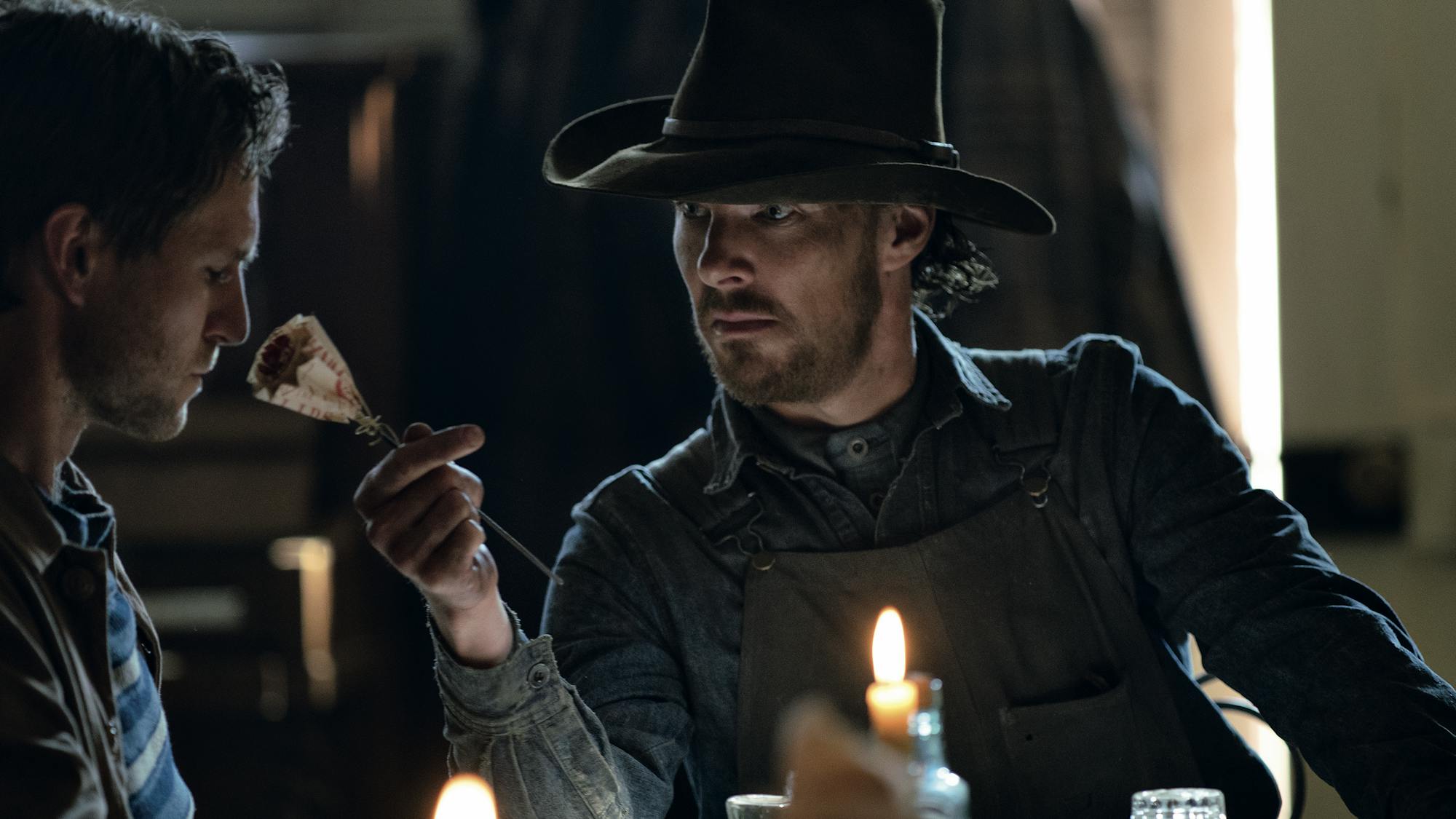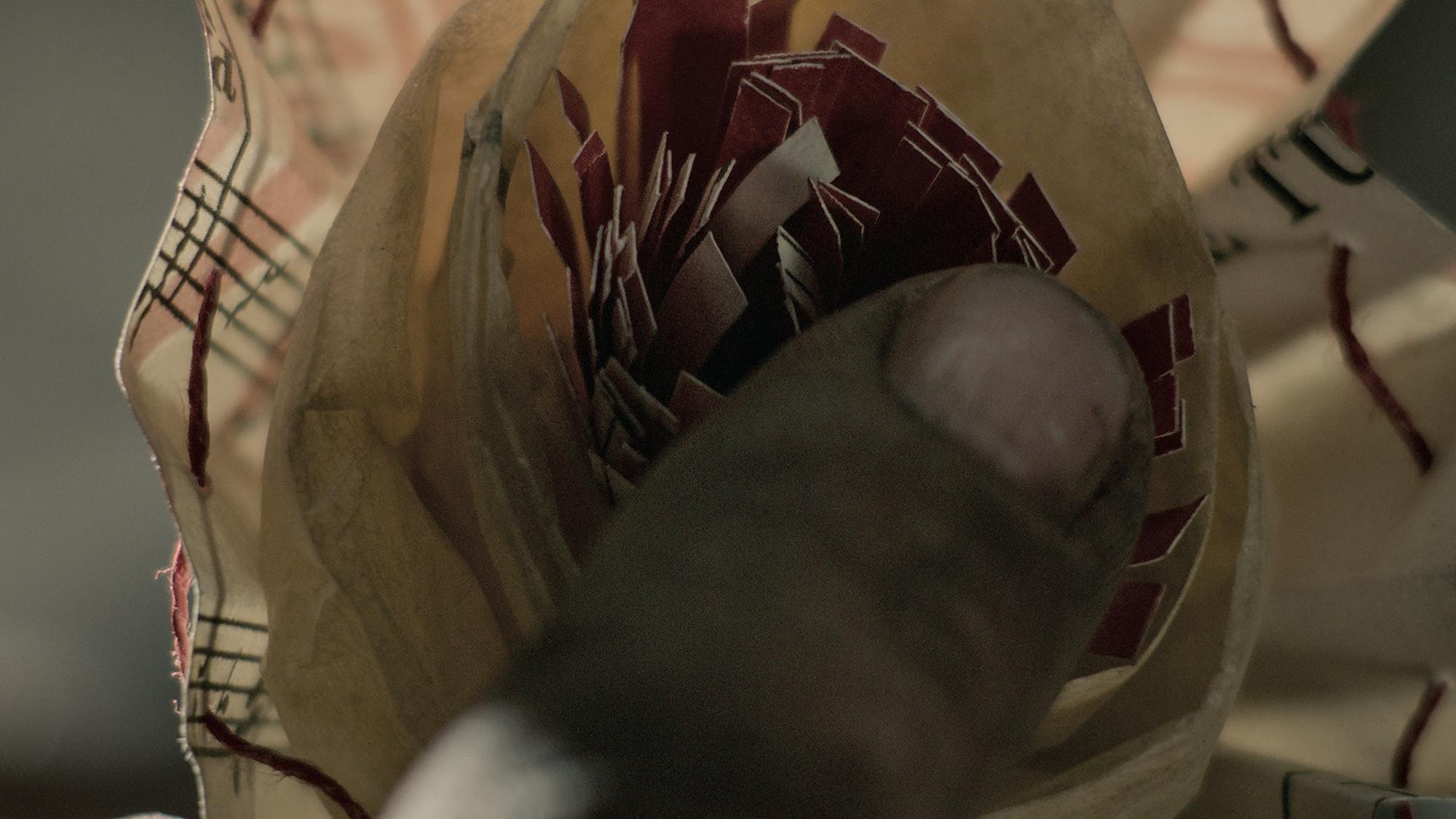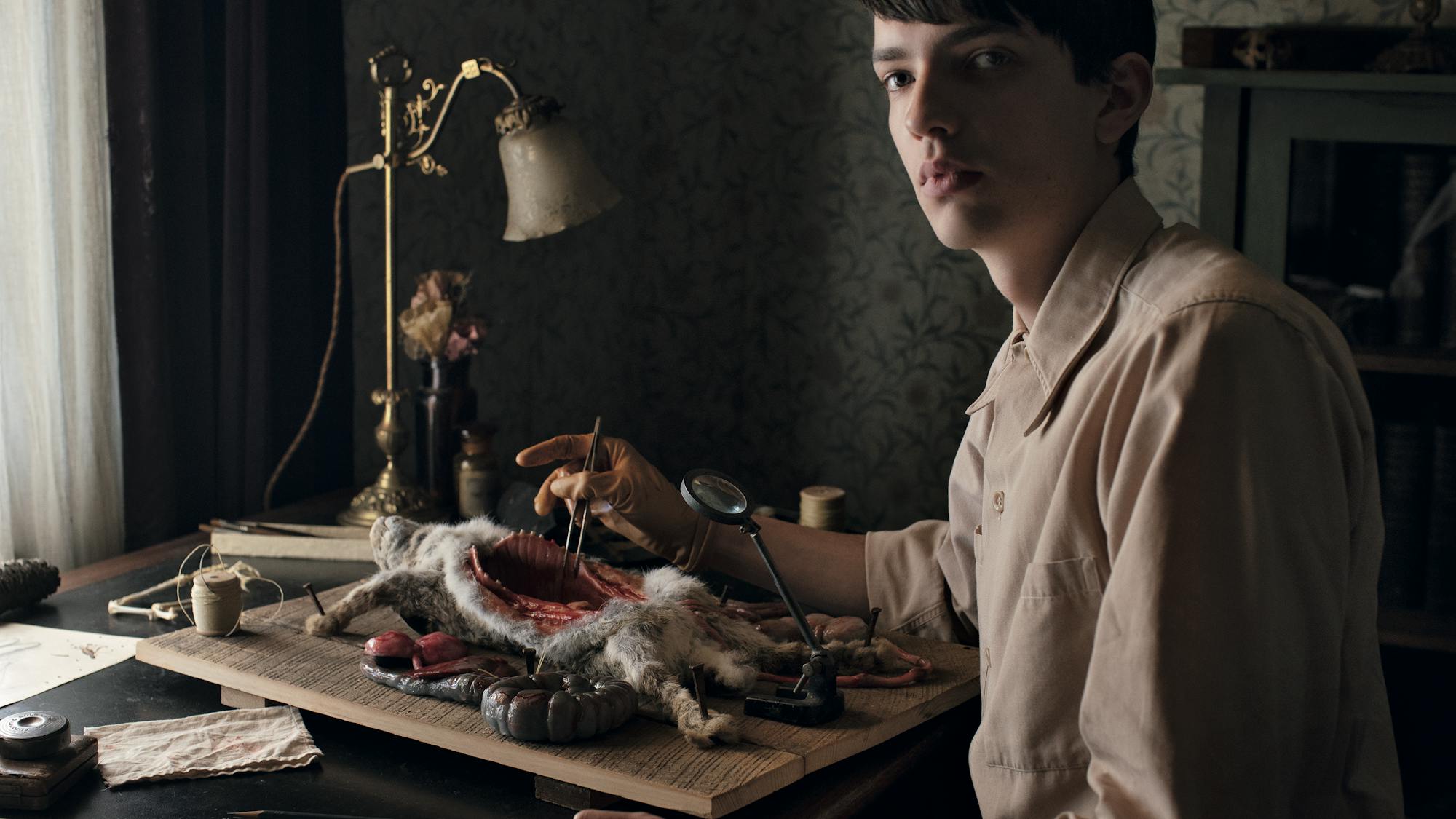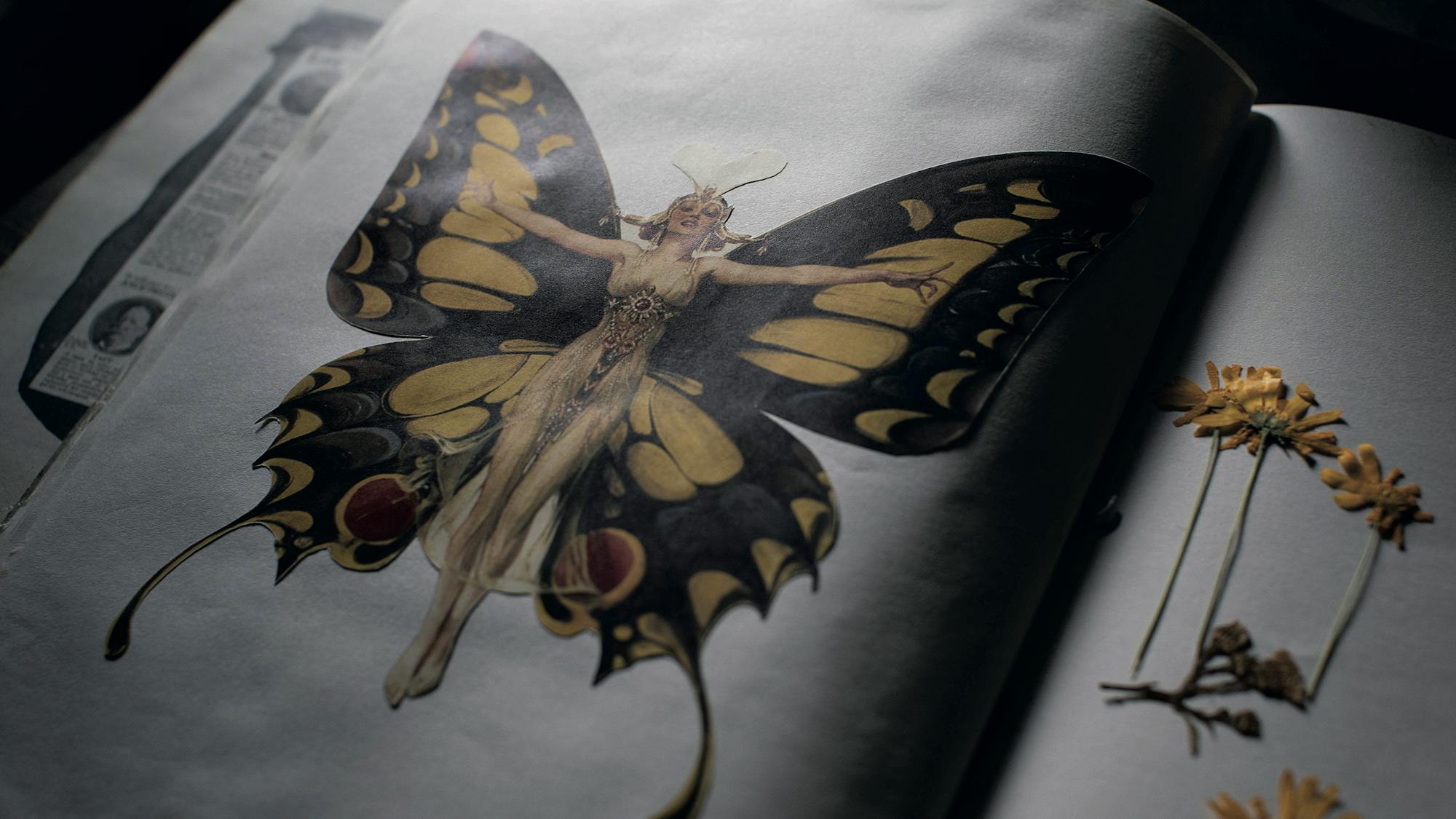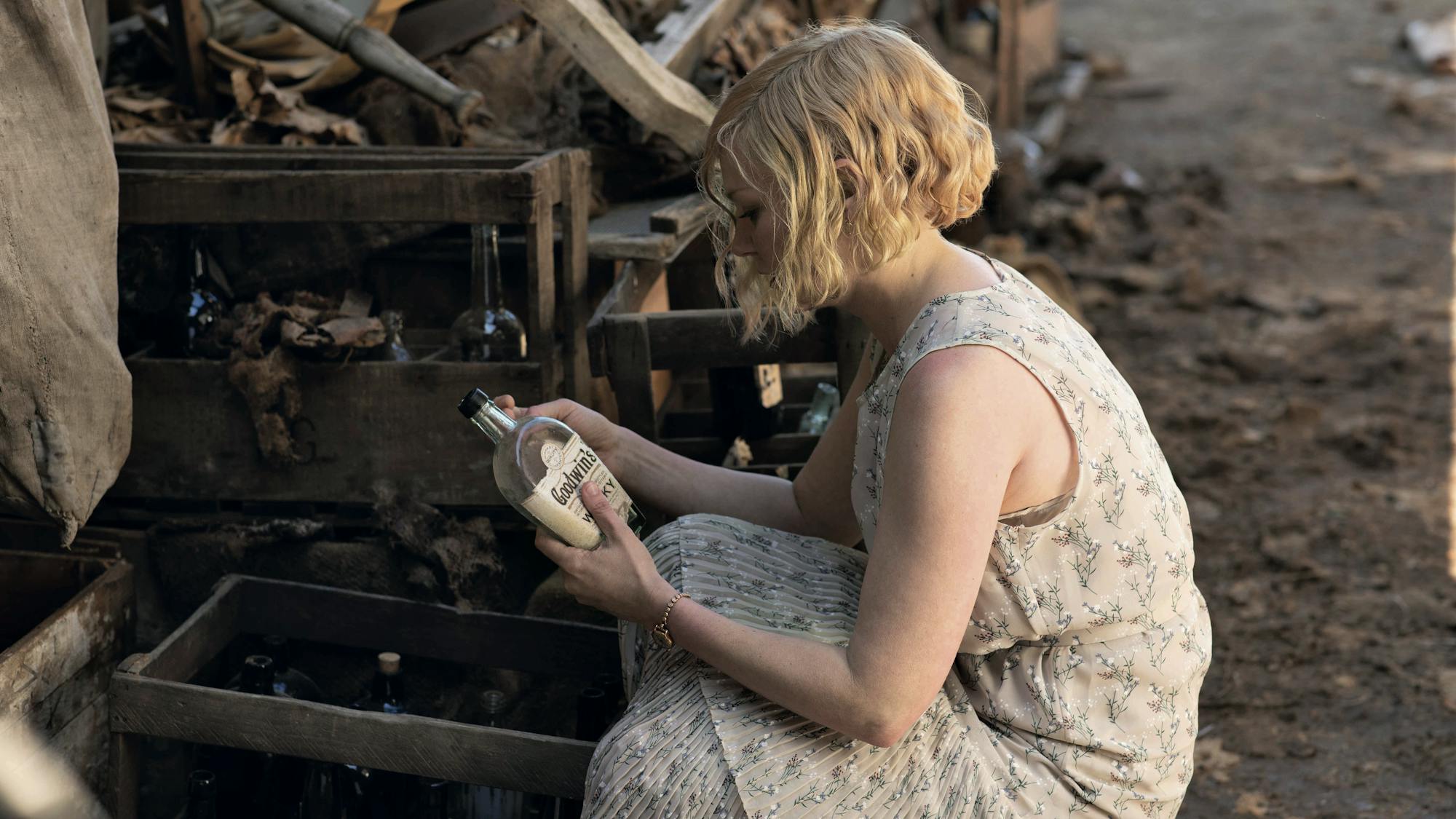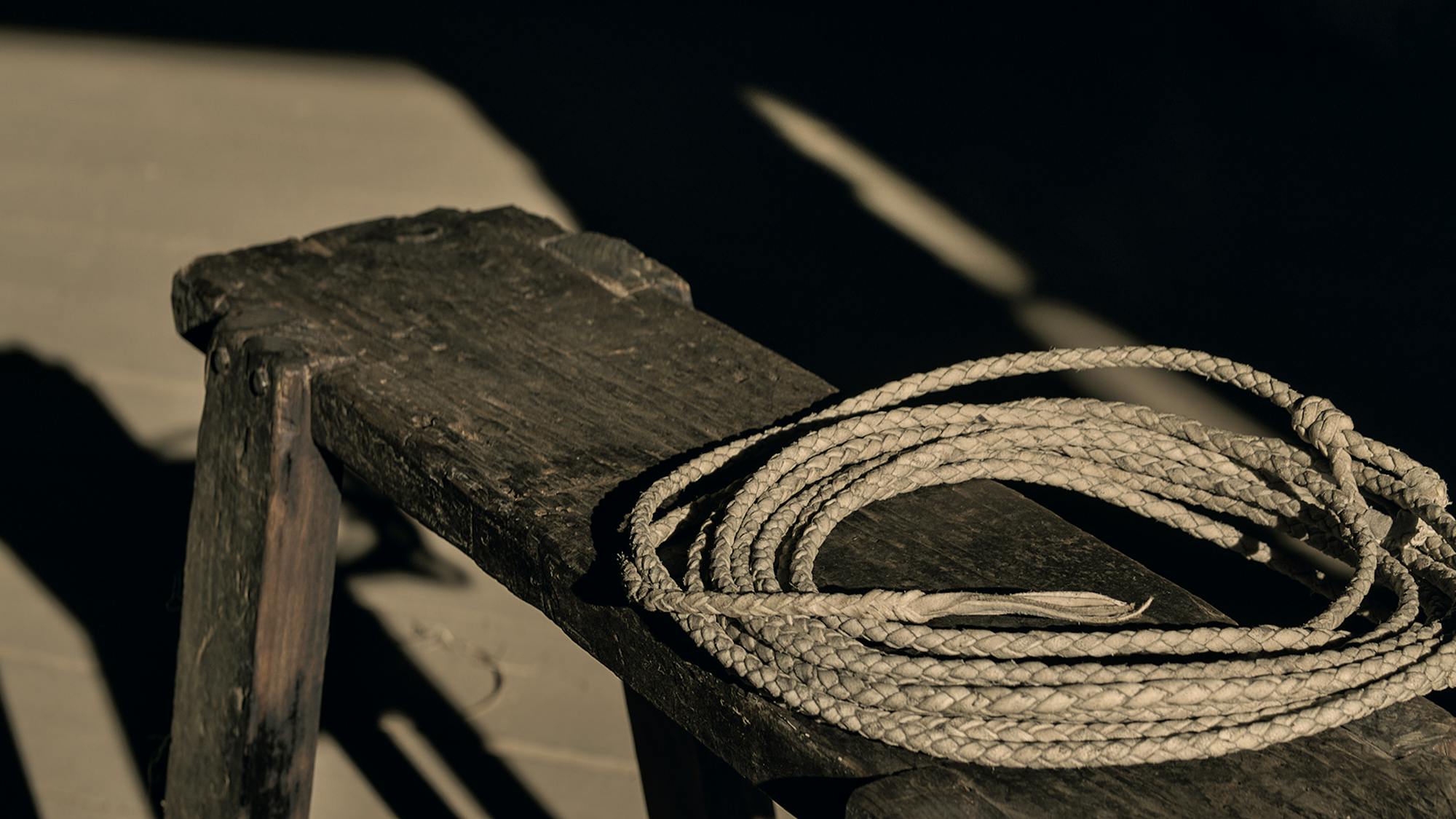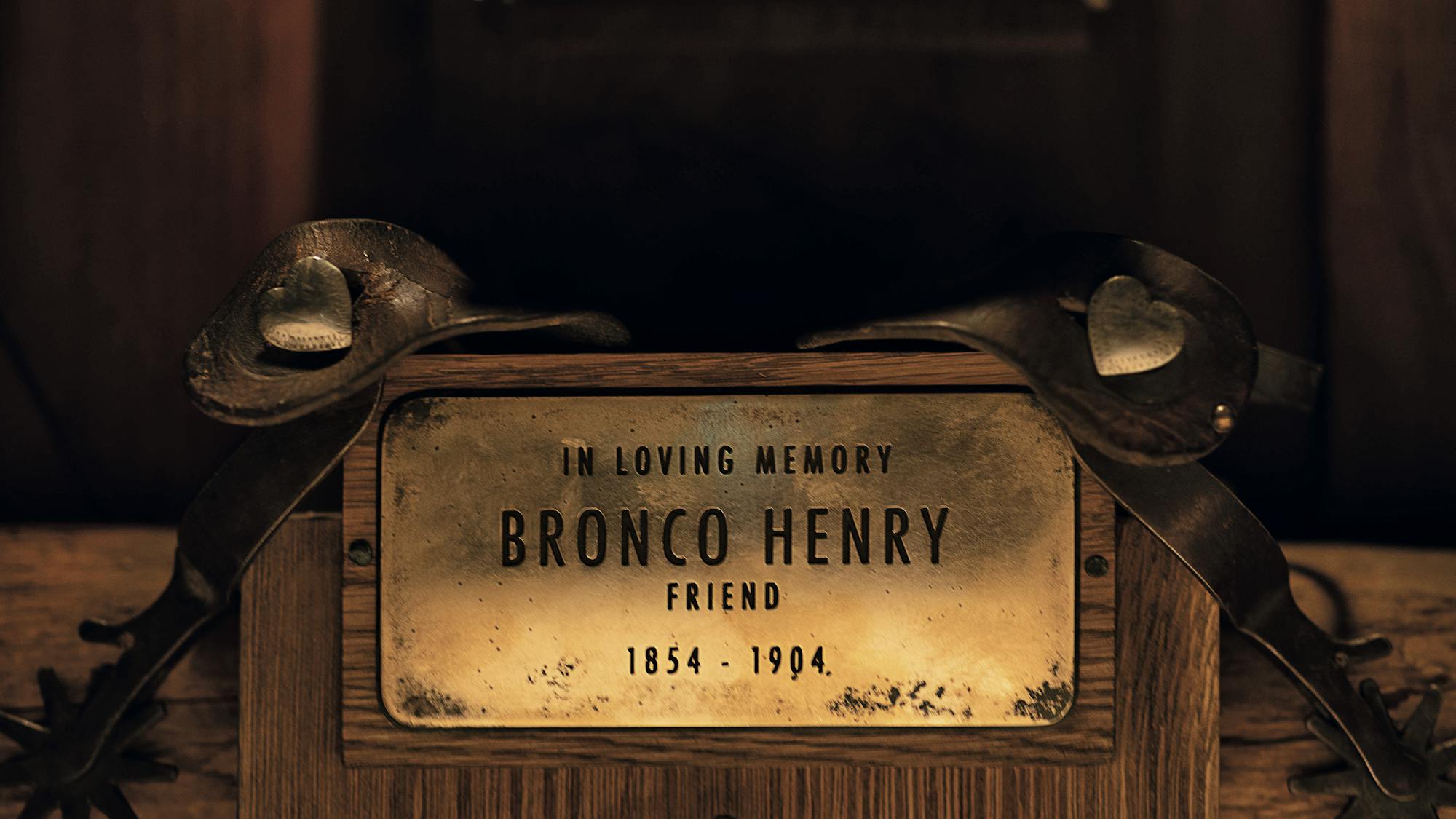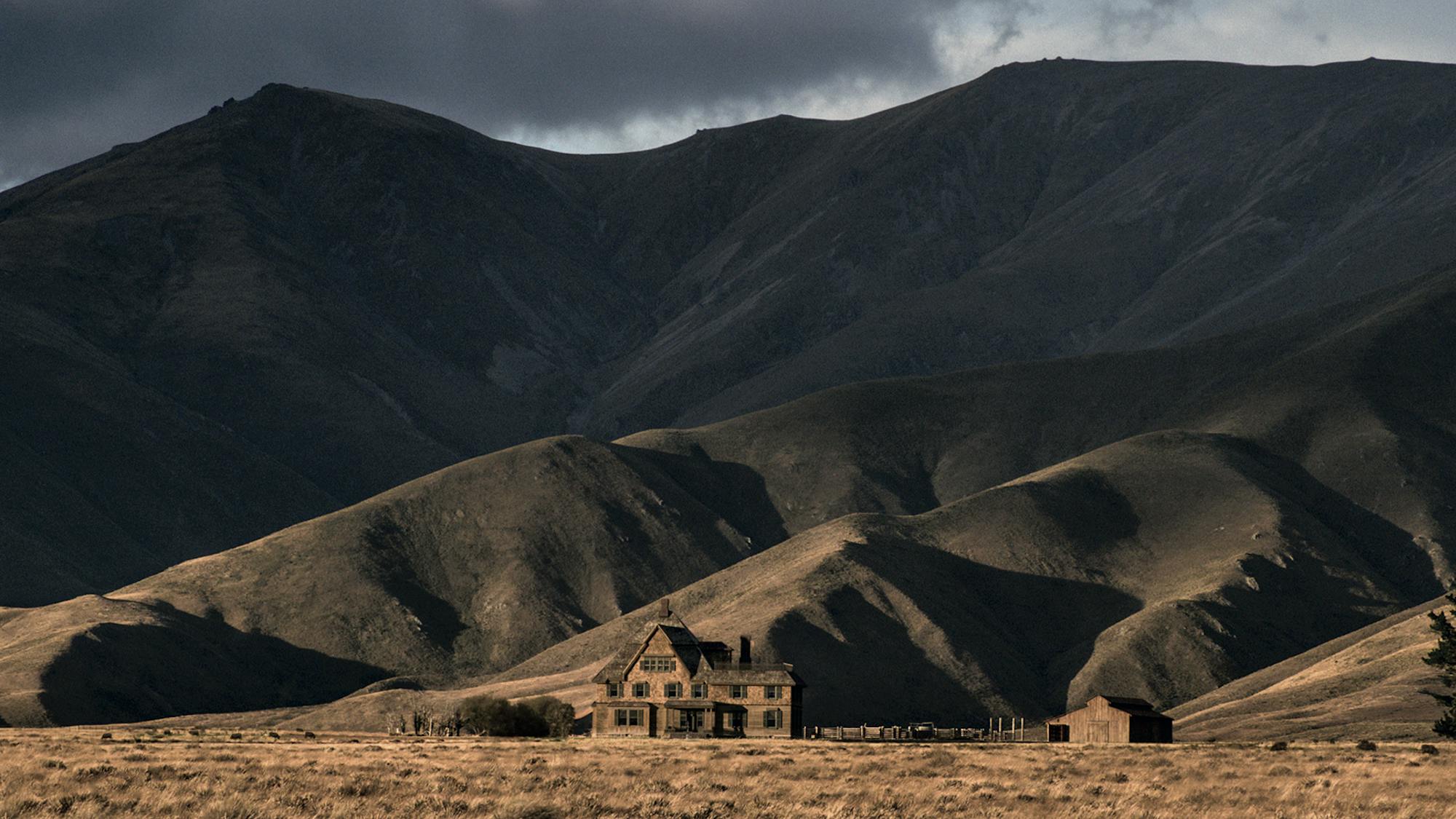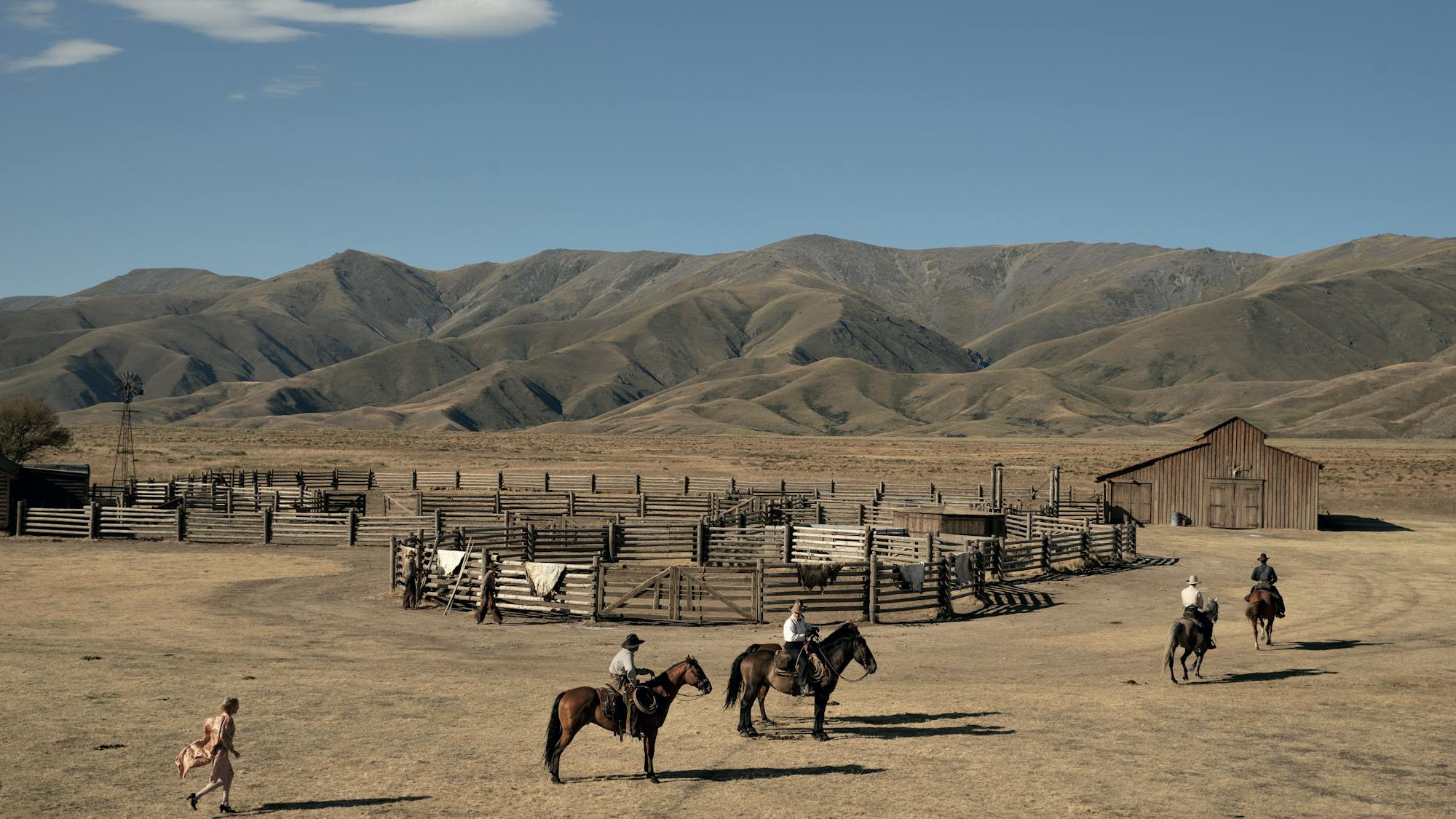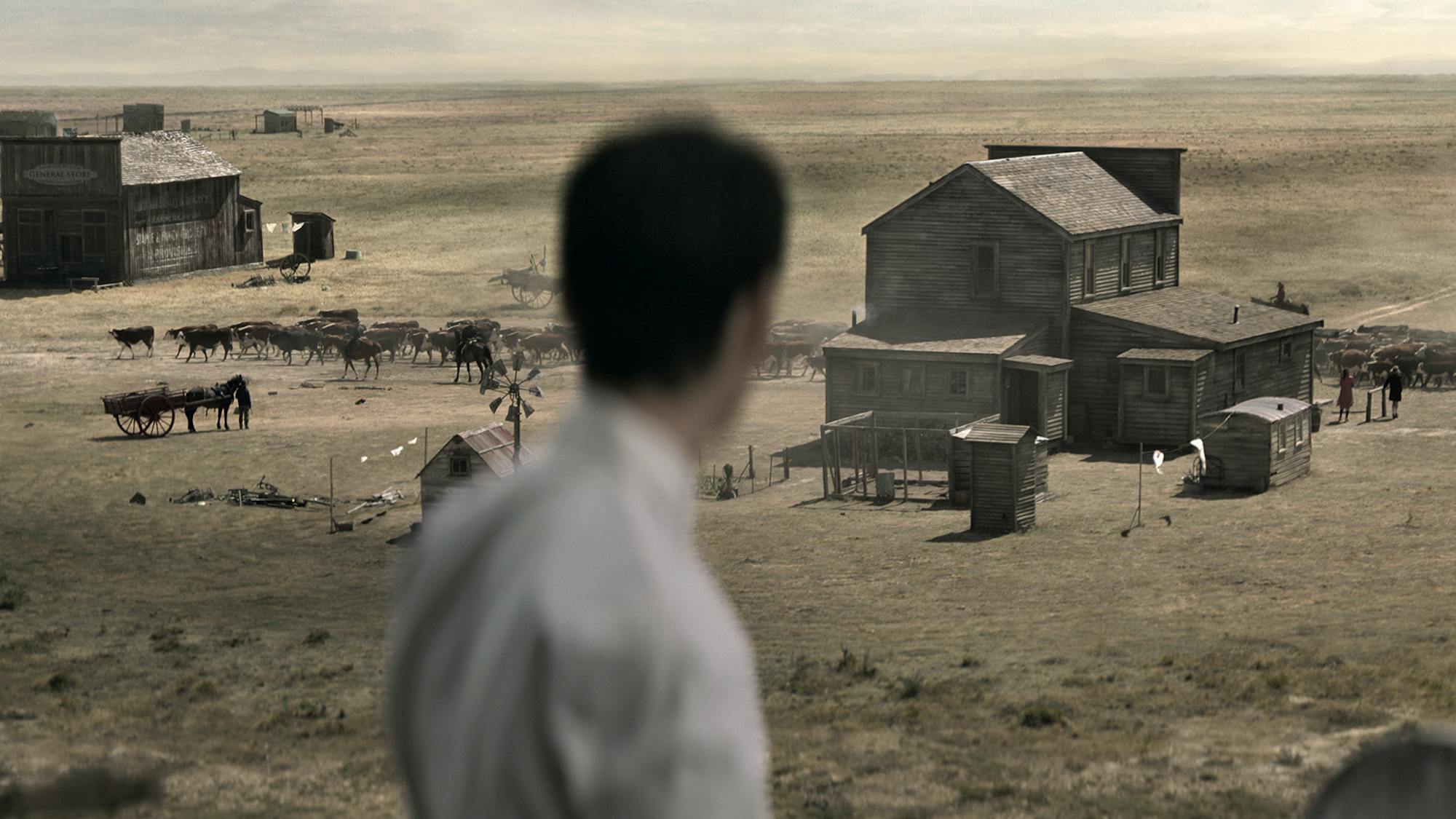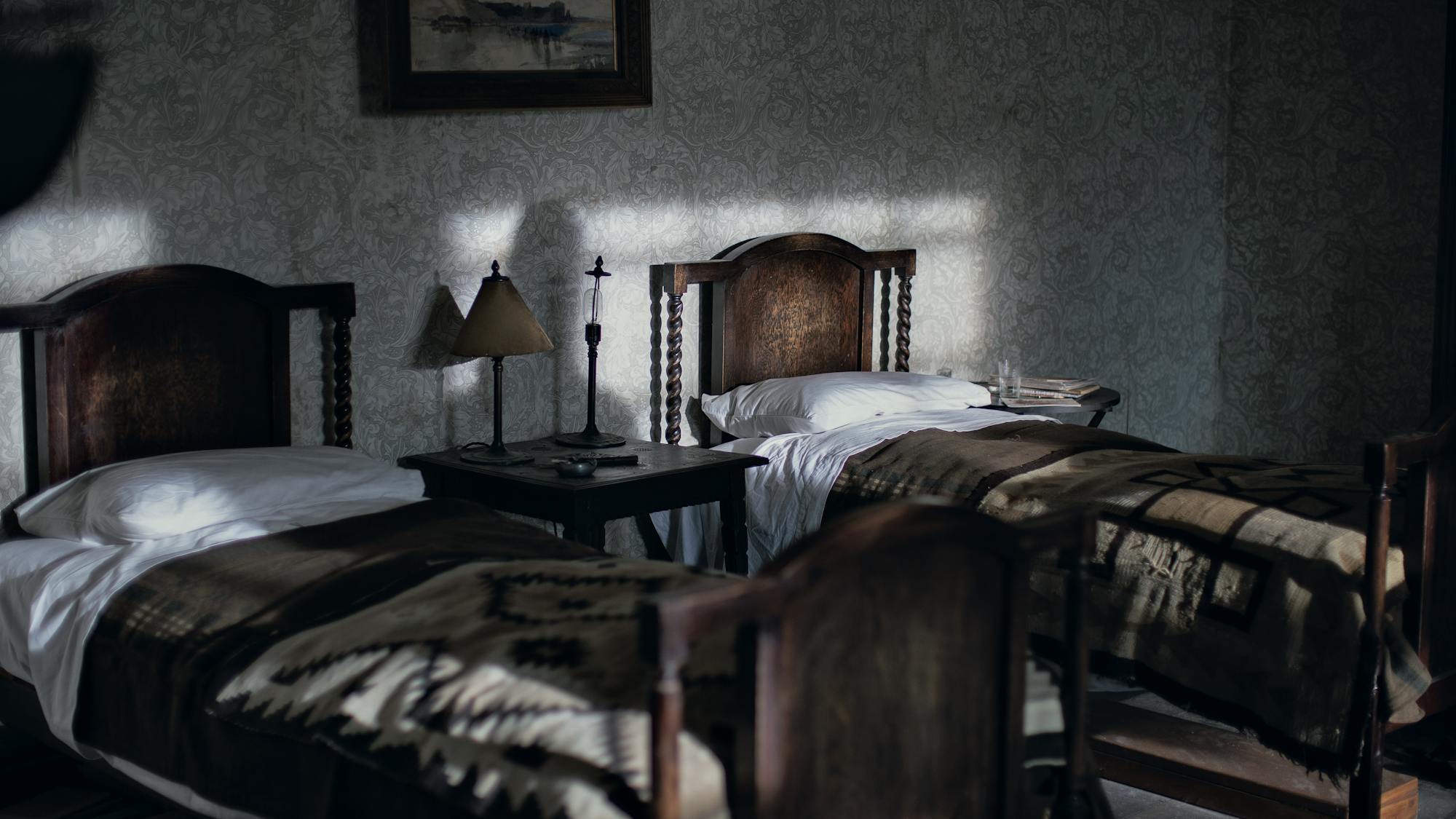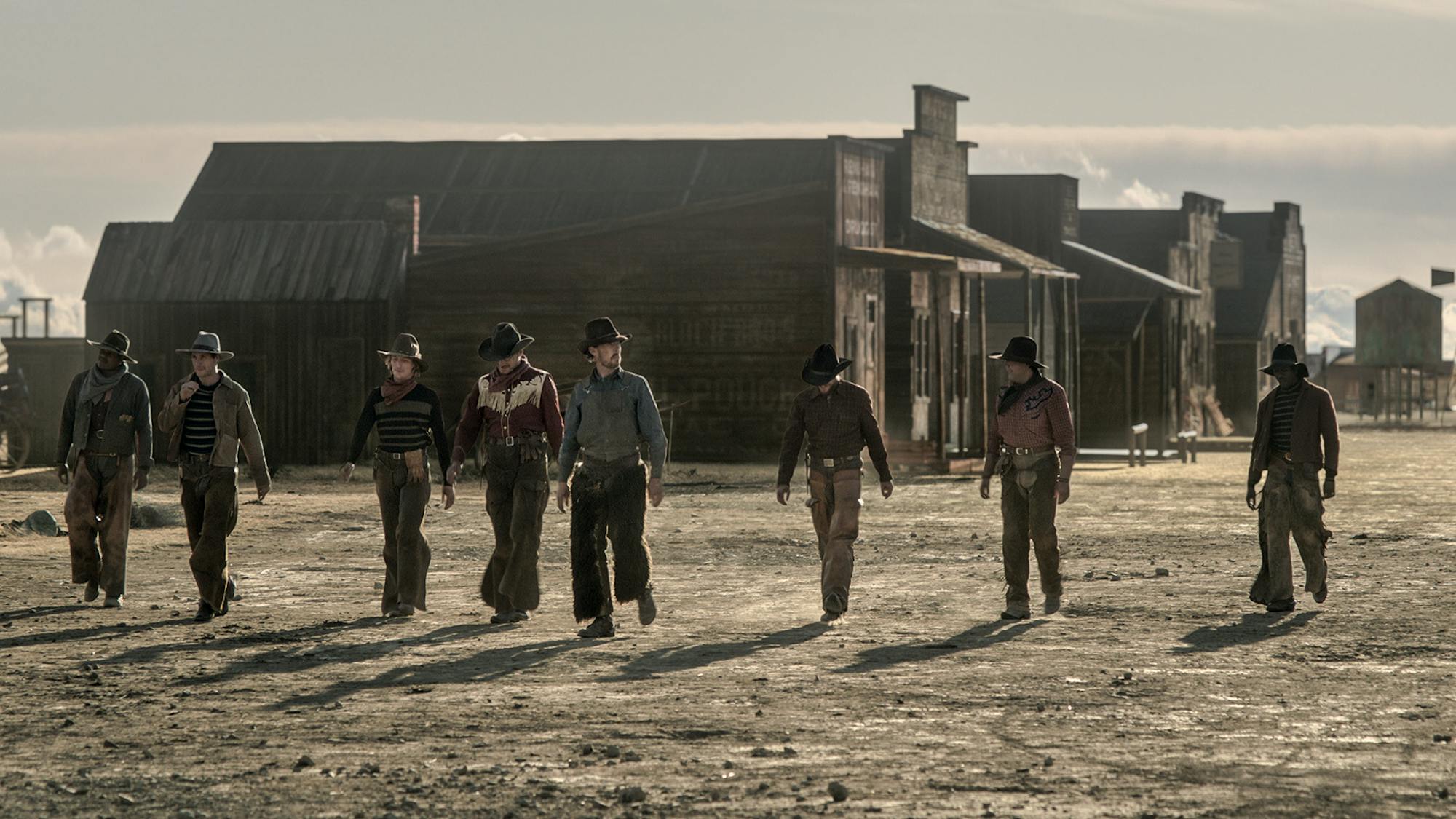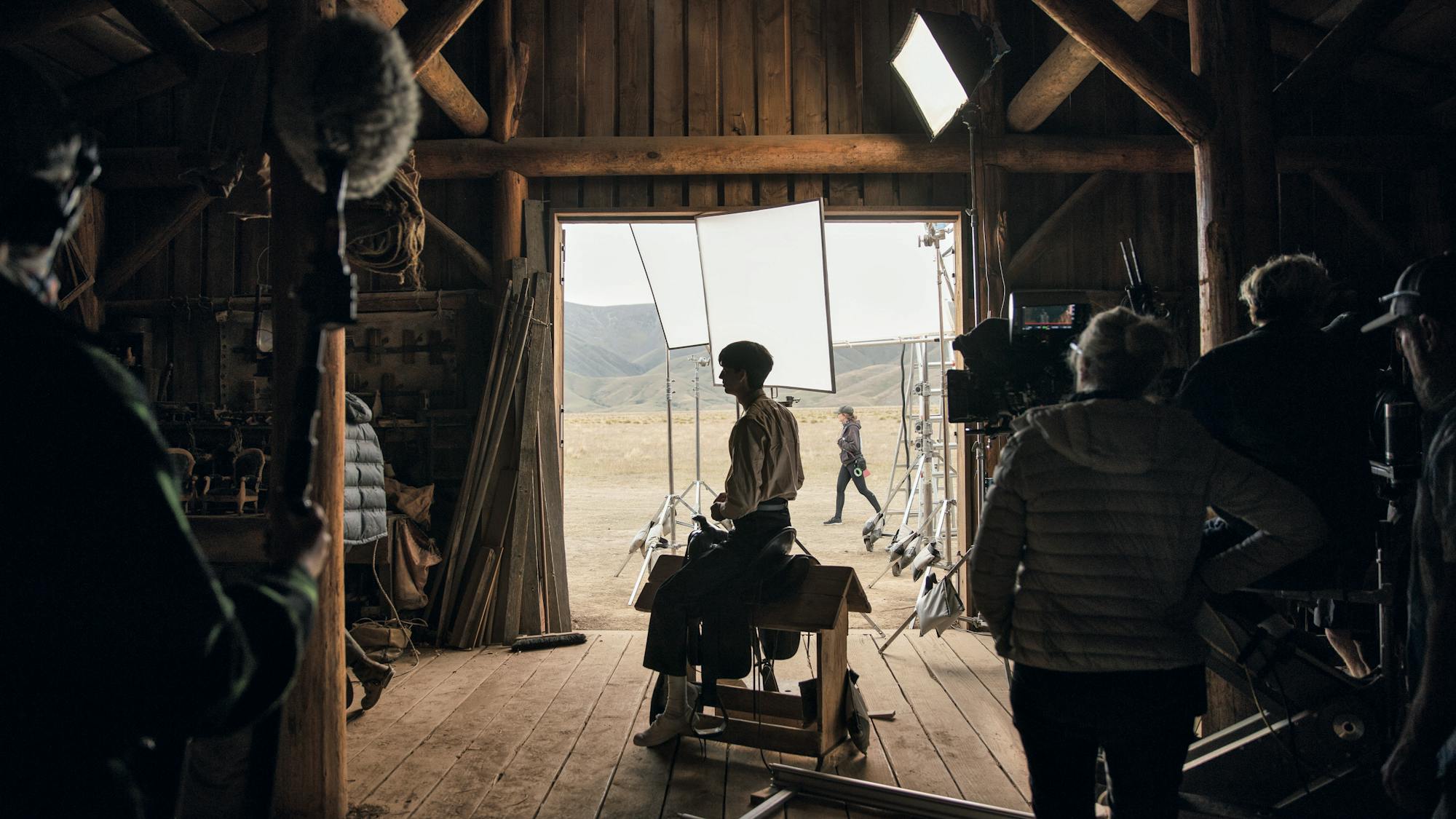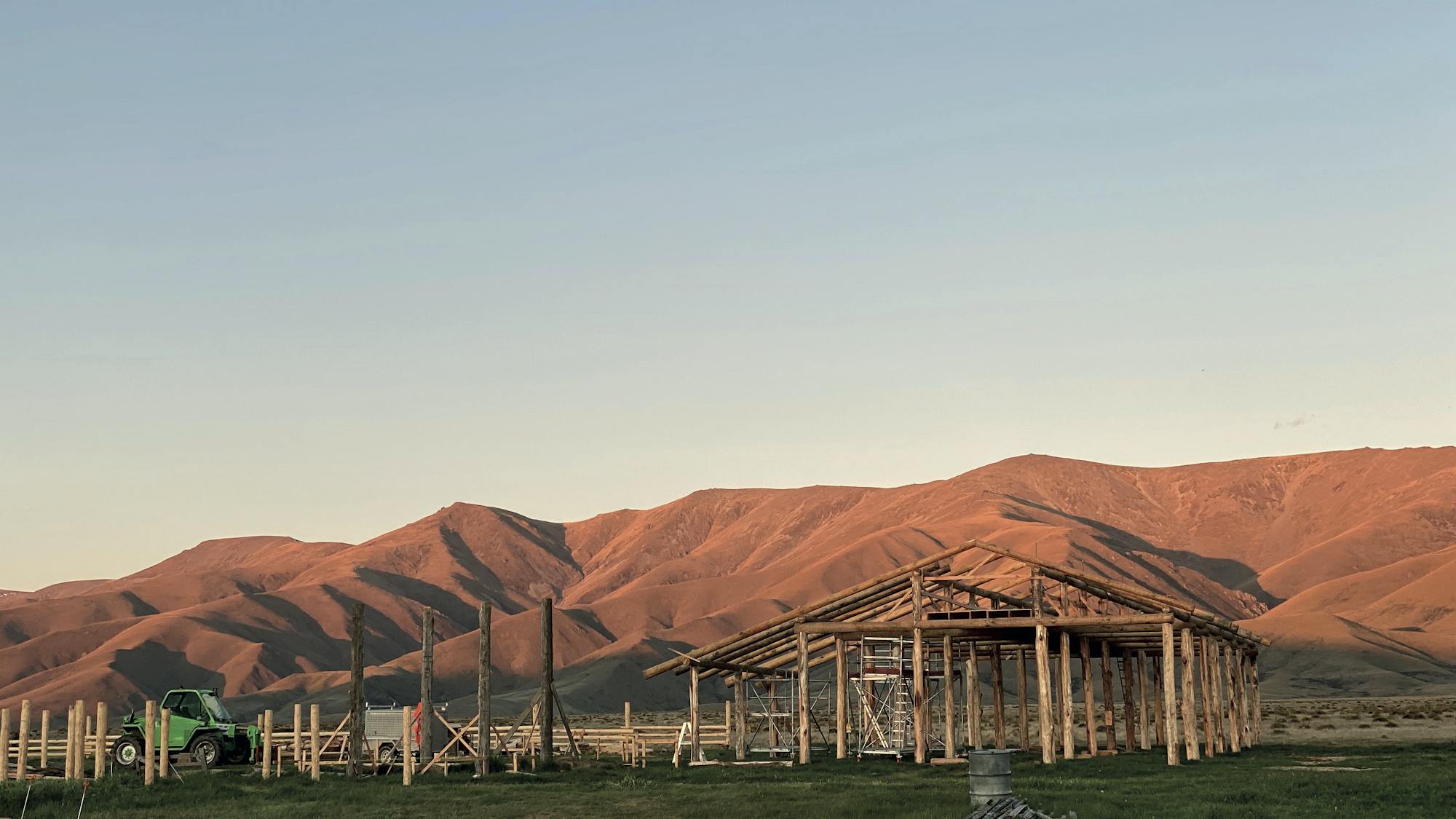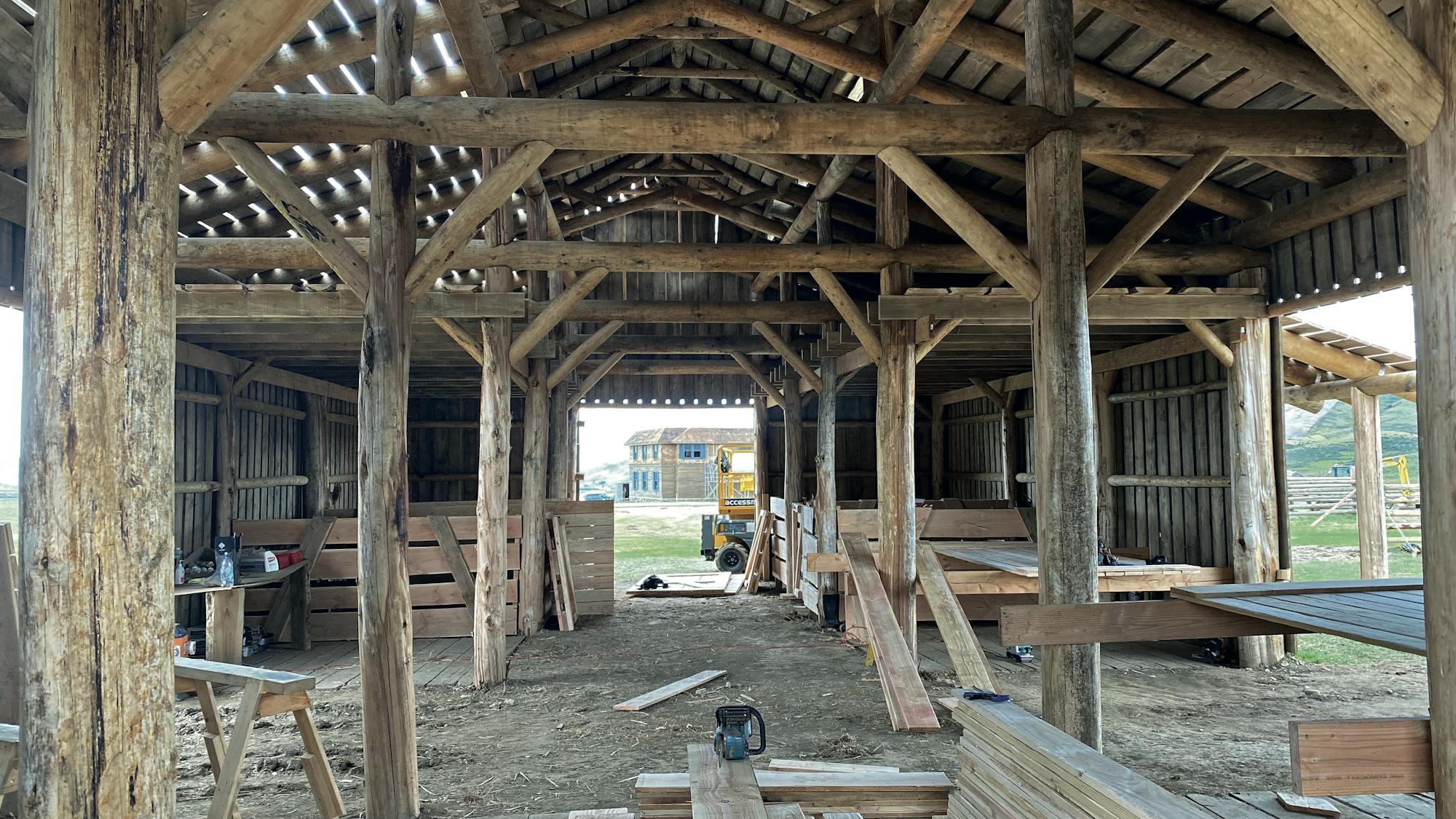The Oscar award-winning production designer creates 1920s Montana for Jane Campion's The Power of the Dog.
There is nothing particularly warm or welcoming about Jane Campion’s The Power of the Dog, the arrestingly beautiful Western that unspools across a Big Sky Country landscape as unforgiving as it is expansive. But following an exhaustive search of Montana for the right stretch of land to equal the isolation of Thomas Savage’s 1967 novel by the same name, the Oscar-winning filmmaker and Oscar-winning production designer Grant Major discovered that the ideal site for the Burbank family ranch could be found in their native New Zealand.
Once they identified the location, Campion and Major turned to many different sources for inspiration. They referenced the work of photojournalist Evelyn Cameron, TIME Magazine archives, and Ken Burns’s documentary series The West. For Major — who transformed New Zealand’s rugged terrain into the Middle-earth in Peter Jackson’s imagining of The Lord of the Rings trilogy — shooting Campion’s Western drama presented a unique set of challenges. “This has got to feel absolutely real,” he remembers thinking after reading Campion’s 1920s-set script. “I tend to be pigeonholed in terms of the fantasy thing. He’s the guy who does all the wild and wacky sets. But this was something that required digging deep into the minutiae of realism.”
The pair’s commitment to realism extended to every last detail of their sets, which Major’s teams built entirely from the ground up, even down to the smallest of details. “Those flowers are a prime example of everything that we did with Jane,” Major says of the seemingly innocuous blooms displayed in the Red Mill restaurant. In a pivotal early scene, Kodi Smit-McPhee’s Peter Gordon, a shy, slender teen, makes these elaborate bouquets to decorate the tables at the boarding house operated by his mother, Rose (Kirsten Dunst). When the delicate arrangements catch the eye of cruel rancher Phil Burbank (Benedict Cumberbatch), the film’s central conflict is sparked.
“Early on, Jane and her friend Michelle Freeman (set decorator, buyer, dresser) workshopped and came up with the look of the flowers they wanted and, at one point, asked me to make them,” Major says. “Jane wanted to see if our props buyer, Alani McKenna, could find something. Ultimately, we brought Michelle back in, and we all came up with something Jane liked. She likes to wring as much as she can out of every creative decision,” Major adds of Campion with admiration. “It sounds excruciating, but it’s actually such a beautiful process, the way that she becomes a part of our world and we become part of hers.”
“Jane is a tough taskmaster,” says Major, whose first ever role as a production designer was on Campion’s 1990 movie An Angel At My Table. “The paint job in particular was a nail-biting thing. You had to make it look like the [Burbank] house had been sitting there for decades in harsh environments. She showed up just before filming and may just as easily have said, ‘I hate that paint job. We need to repaint it. I don’t care how long it takes.’ But in this case there was nothing that she didn’t like. It was a real thrill because she was absolutely elated — coming into the set and seeing the [ranch] on a beautiful sunny day, and it was safely there.”
The minutiae contributed to the world building of the sprawling drama, but the hulking, spacious Burbank home is its own character in the narrative. After zeroing in on an enormous tract of farmland in what happened to be “the windiest valley in New Zealand”, Major set about imagining what kind of house Phil and George (Jesse Plemons) would call home, ultimately finding inspiration in Theodore Roosevelt’s Long Island, N.Y. summer home, Sagamore Hill. “The Burbank family backstory was that they came from the East Coast around the 1880s to set up a cattle ranch,” Major says. “They may well have appropriated Roosevelt’s style and plopped it on the landscape in Montana.”
Major’s admiration of the story (Campion notes, “He loved the story — he said he’d never really read anything that he’d loved as much”) led him to see the importance of the built environments he was creating. Major points out, “The house is central to the production design of the film. It’s the iconic family presence that’s on the land . . . A lot of intense drama took place within these sets, so being authentic and detailed with their look was essential.” Bespoke to the film, the Burbank’s property mirrors the interior worlds of the protagonists, namely the brothers who inhabit it. The rooms are missing furniture thus throwing off the proportions, emblematic of Phil and George’s stalled lives. The barn reflects Phil’s wildness and loneliness : “Part of Phil’s inner psychology and personality is to do with that barn, the strength of it and the closed-in nature of it with windows that look out towards the house. It's quite focused.” Most of the set at first assumes a dominant masculine energy, then takes on a more feminine edge when Rose arrives.
Constructing the impressive house was no small feat. Major and his crew faced off with inclement weather. “It was snowing in September, which is spring in New Zealand,” recalls Campion. “And I was talking to some of the builders asking, “Do you think this is going to get done?” They were trying to dig the foundations into this icy ground, trying to build a massive three-story house in three months. And they said, ‘I might be worried.’”
Major more than pulled it off, with glowing praise from Campion and the seasoned cast: “Grant and his team just did the most amazing job with the house. Our actors — Jesse, Kirsten and Benedict — all said they’ve never seen sets like it. You could totally believe in them.” The success of the set design, in spite of the elements and other challenges, can be attributed in part to Campion and Major’s long-standing collaboration. Campion describes her trust in Major: “Having worked with Grant before, I knew how amazing he is as a designer and how incredible he is at coming up with solutions.” The praise is mutual with Major describing Campion’s role in putting together the set: “From a production designer’s perspective, she’s got a really good eye. We worked through all the creative decisions together. Jane likes to keep things fluid for as long as she can, to have options in front of her to find the very best solution.…and not just [for] the big things, she is very attentive across all of the detail.”
